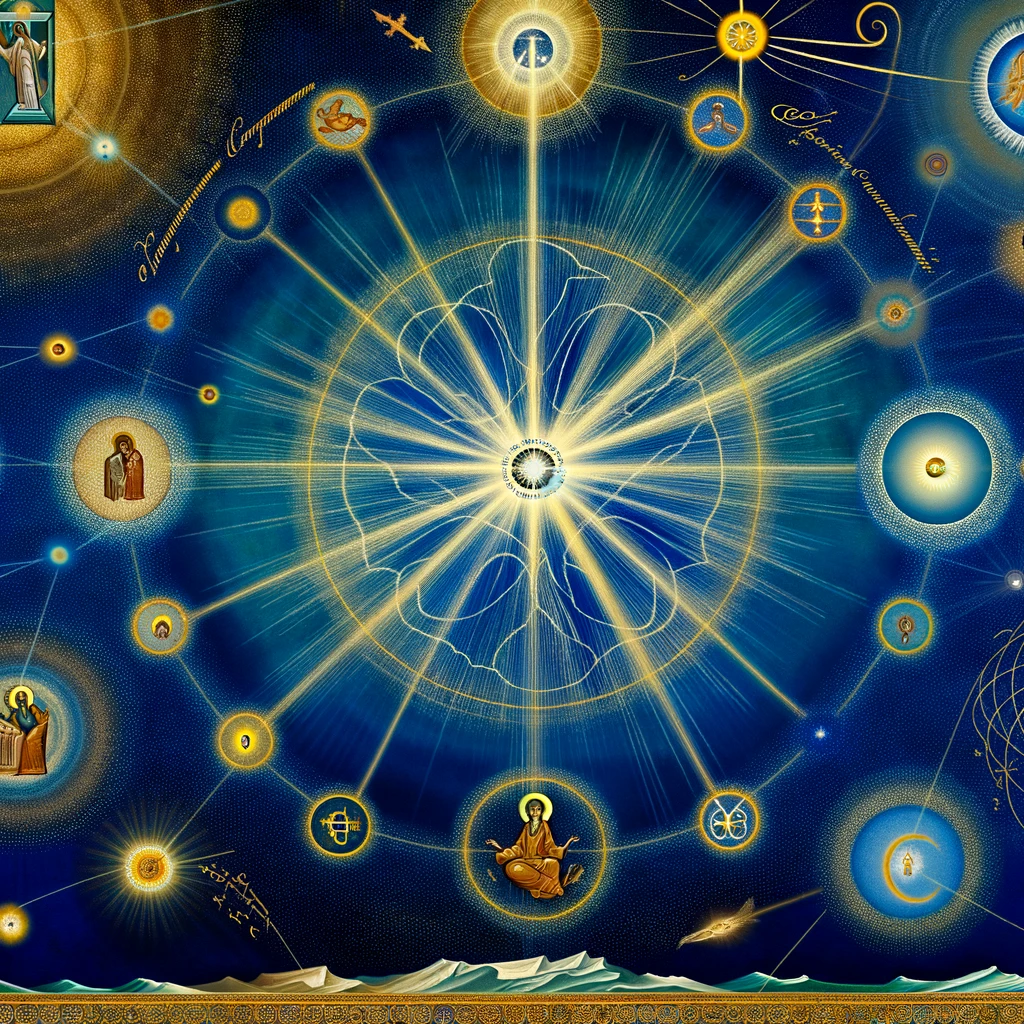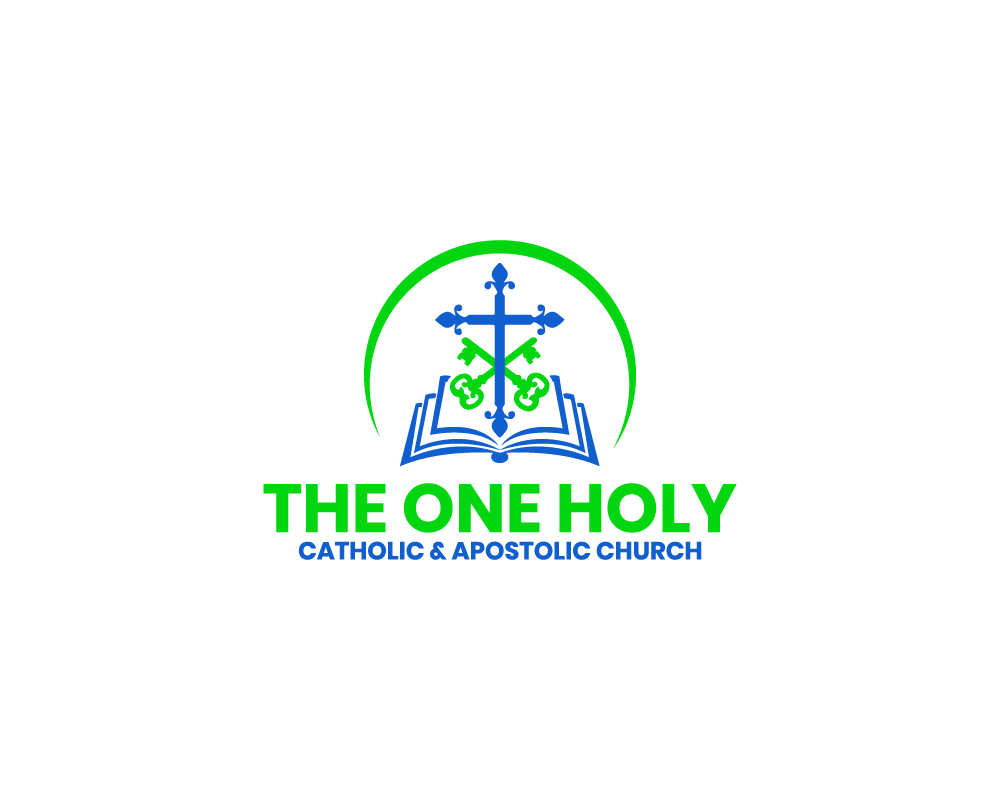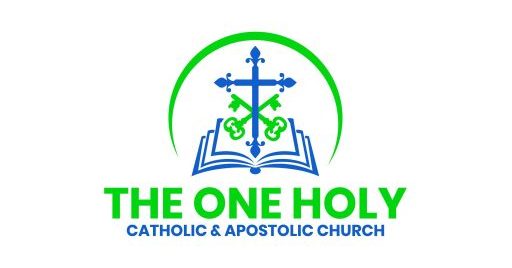The Logos and Space from an Eastern Orthodox Perspective
In the vast expanse of Christian theology, few concepts are as profound and as intricate as the relationship between the divine Logos and space. This relationship, deeply rooted in the traditions and teachings of Eastern Orthodoxy, offers a unique lens through which we can explore the nature of Christ and His omnipresence in the cosmos. Drawing from the insightful work of Douglas F. Kelly in “Systematic Theology: Grounded in Holy Scripture and Understood in the Light of the Church,” this article delves into the Eastern Orthodox understanding of this relationship, shedding light on its implications for our faith and understanding of the divine.
The Eternal Logos in the Boundlessness of Space
At the heart of Eastern Orthodox theology is the concept of the Logos, the Word of God, the second Person of the Holy Trinity. Unlike any human notion of being, the Logos transcends our understanding of time and space, existing eternally and omnipresently. This fundamental belief invites us to ponder the nature of Christ’s relationship to the cosmos. How does the eternal Logos, incarnate in Jesus Christ, relate to the spatial dimensions of our universe?
Beyond Containment: The Transcendence of the Logos
The Eastern Orthodox faith, deeply informed by the Church Fathers, asserts the impossibility of confining the divine Logos within the physical limits of space. This perspective aligns with the reflections shared by Kelly (2008), where the ‘extra-Calvinisticum’ concept is discussed. This theological term, originating from sixteenth-century debates, emphasizes that the incarnation of the Logos in Christ does not limit His divine presence to the physical body of Jesus. Rather, the Logos remains fully present throughout the cosmos, transcending spatial boundaries while being fully incarnate.
Perichoresis: The Mutual Indwelling
Central to understanding the relationship between the Logos and space is the concept of perichoresis, or mutual indwelling. This profound idea speaks to the interpenetration and co-inherence of the Father, Son, and Holy Spirit within the Holy Trinity. It suggests a model of relationality that extends to the Logos’s presence in the world: not as a being confined by spatial dimensions but as one dynamically present, enveloping all of creation in a divine dance of presence and power.
Rejecting Spatial Constraints: Insights from Church Fathers
The Church Fathers, revered in Eastern Orthodoxy for their foundational contributions to Christian theology, provide valuable insights into the transcendence of the Logos. Athanasius, one of the key figures cited by Kelly, distinguishes between the Logos’s creative activities and His transcendence, suggesting a presence in the world that is dynamic, through His “powers,” while His “substance” remains beyond worldly confines. This distinction reinforces the Eastern Orthodox view that the divine cannot be spatially contained or limited.
Theological Language and the Expression of Divine Transcendence
The task of articulating the relationship between the Logos and space challenges theologians to stretch the bounds of human language. As Kelly notes, following Athanasius’s lead, theological terms must be employed with a degree of elasticity, capable of bridging the infinite with the finite. This approach, reminiscent of the use of apophatic theology in Eastern Orthodoxy, embraces the mystery of the divine, acknowledging the limitations of human comprehension while striving to express the inexpressible.
Implications for the Faithful: Living in the Presence of the Transcendent Logos
What does the transcendent and omnipresent nature of the Logos mean for us, as members of the Eastern Orthodox Church and participants in the wider Christian faith? It invites us into a deeper awareness of the divine presence that permeates every aspect of the universe, transcending spatial boundaries. This awareness calls us to a life of holiness and prayer, recognizing the nearness of the divine Logos in every moment and place.
Furthermore, this understanding challenges us to rethink our relationship with the created world. Seeing the cosmos as filled with the presence of the Logos, we are called to stewardship and reverence for all of creation, which becomes a sacramental space for encountering the divine.
Navigating Theological Mysteries with Humility
As we delve into the mysteries of the Logos and space, we are reminded of the importance of humility in our theological explorations. The Holy Scriptures and the teachings of the Church Fathers provide guidance, yet they also invite us into a posture of wonder and awe before the mysteries of God. The Eastern Orthodox tradition, with its rich theological heritage and emphasis on the mystical experience of God, offers valuable insights into these profound mysteries.
In conclusion, the relationship between the Logos and space, as explored from an Eastern Orthodox perspective, opens up new avenues for understanding the omnipresence and transcendence of Christ. It challenges us to expand our spiritual horizons, embracing a faith that transcends the physical and temporal confines of our world



